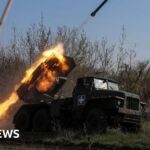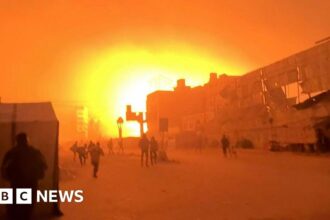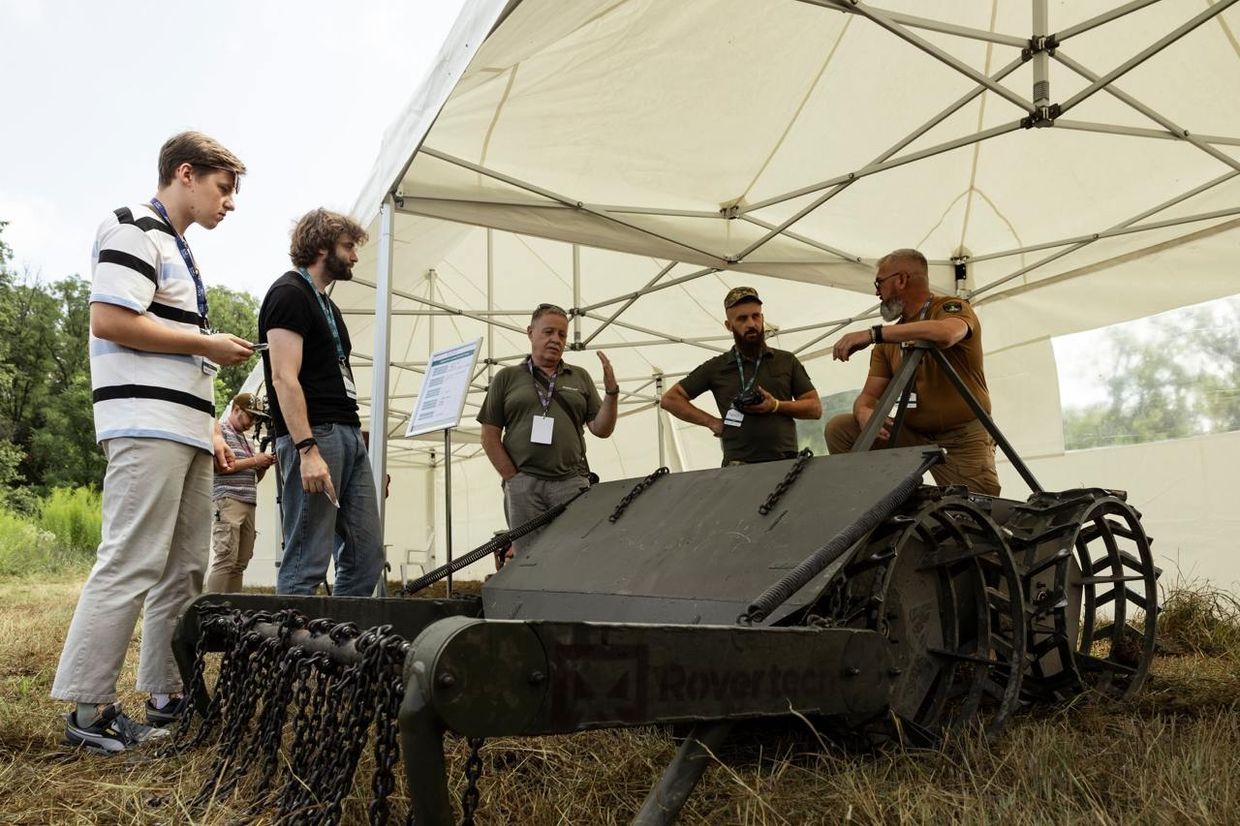**Ukrainian Startups Use New Tech to Cut Demining Time by Centuries**
The second phase of unmanned sensor testing, an initiative by UNDP and the Ministry of Economy of Ukraine, was held in May 2024. The event showcased developments from Ukrainian companies.
A sapper’s request led to the creation of a remote demining vehicle called “Zmiy”. It is the first machine of its kind developed and certified in Ukraine. The vehicle can withstand explosions and costs around $20,000, making it more affordable than foreign-made counterparts.
The startup Rovertech produced up to 40 machines per month but plans to double production soon. They estimate that about 700 vehicles are needed for humanitarian demining across all mined areas in Ukraine.
**New Technologies Helping Deminers**
Several startups have developed new technologies to help with demining efforts. One example is the MinesEye project, which equips agronomic drones with a sensor that helps search for mines and explosive ordnance on the surface and under the soil.
Another example is the ground drone “Zmiy”, created by Rovertech. It can withstand explosions and costs around $20,000. The startup plans to double production soon, aiming to produce 700 vehicles for humanitarian demining across all mined areas in Ukraine.
The MinesEye system will be put to work by SESU teams, supported by Kozak and his colleagues, in some of Ukraine’s most heavily mine-affected areas. PostUp will deploy one of the cutting-edge MinesEye systems in support of the demining units of Ukraine’s State Emergency Service (SESU) Units across the first half of 2025.
**Robots Saving Lives**
The “Zmiy” ground drone has become a valuable tool for deminers, allowing them to clear areas more quickly and safely. The vehicle can withstand explosions and is more cost-effective than foreign-made counterparts.
Before being used for humanitarian demining, the “Zmiy” was initially developed for military purposes. Rovertech also created a larger armored vehicle called “Zmiy-500”, which can be used to transport people and weapons in difficult battlefield conditions.
Each journey of these robots means that two to five people do not need to risk their lives driving vehicles under FPV drones. As Drozhak said, “We have robots replacing people, and that’s why our people survive.”













